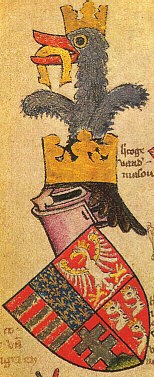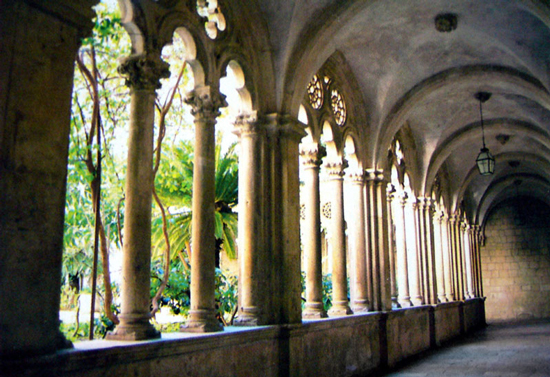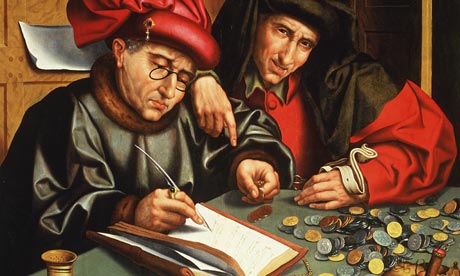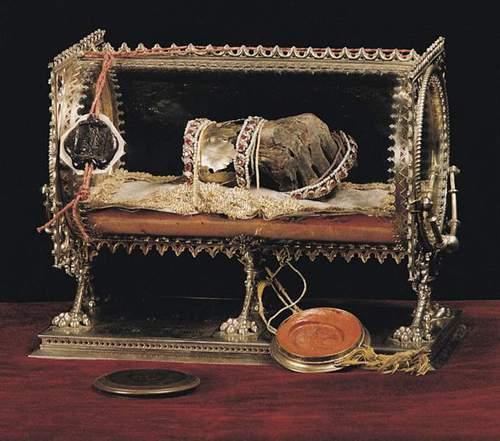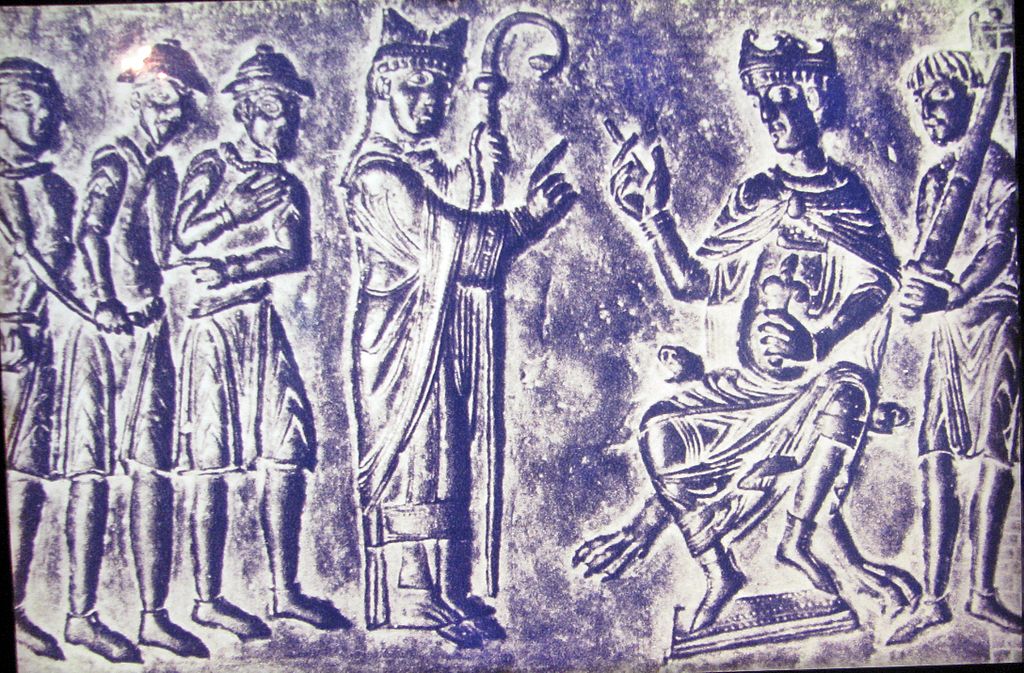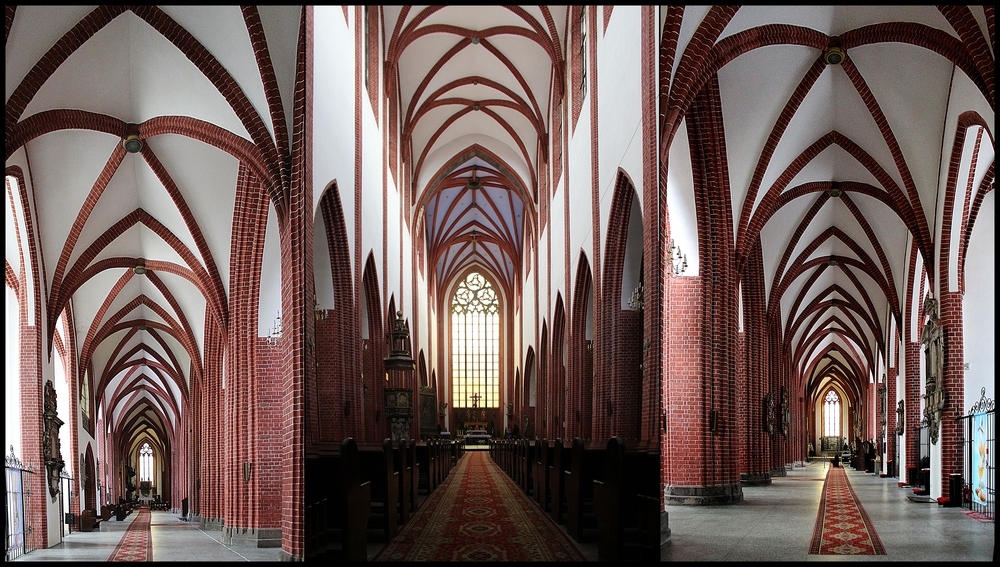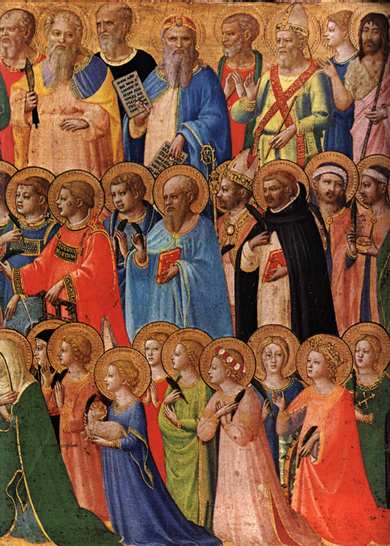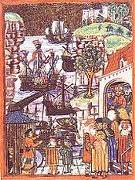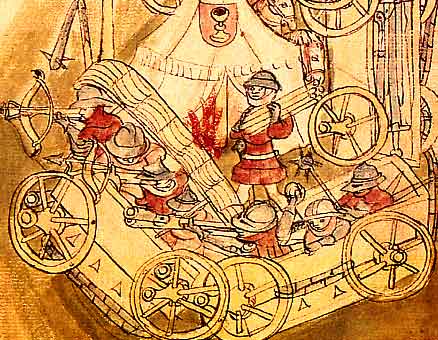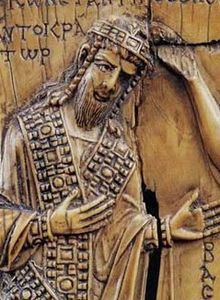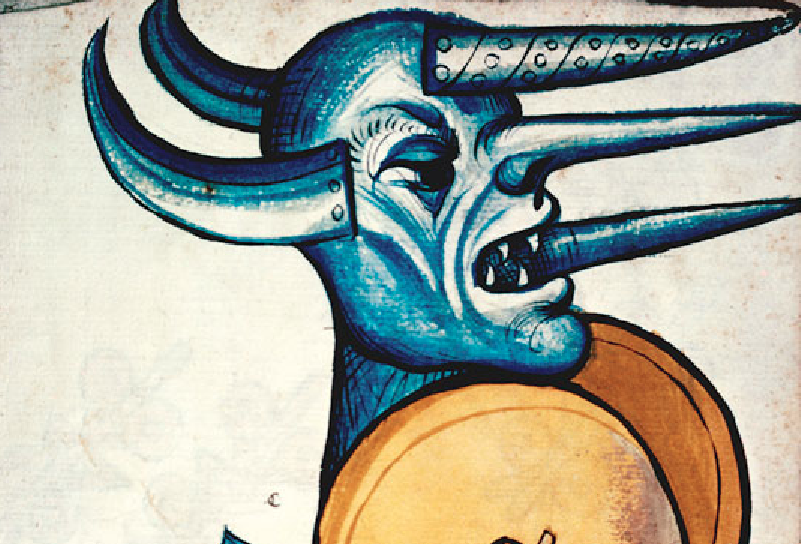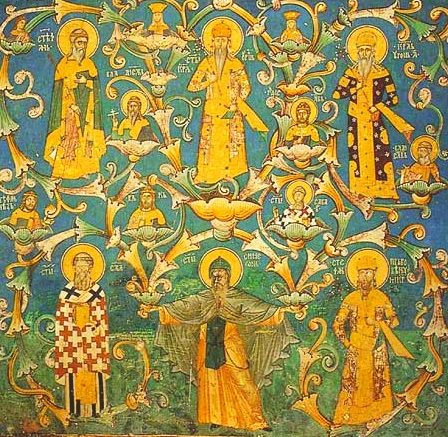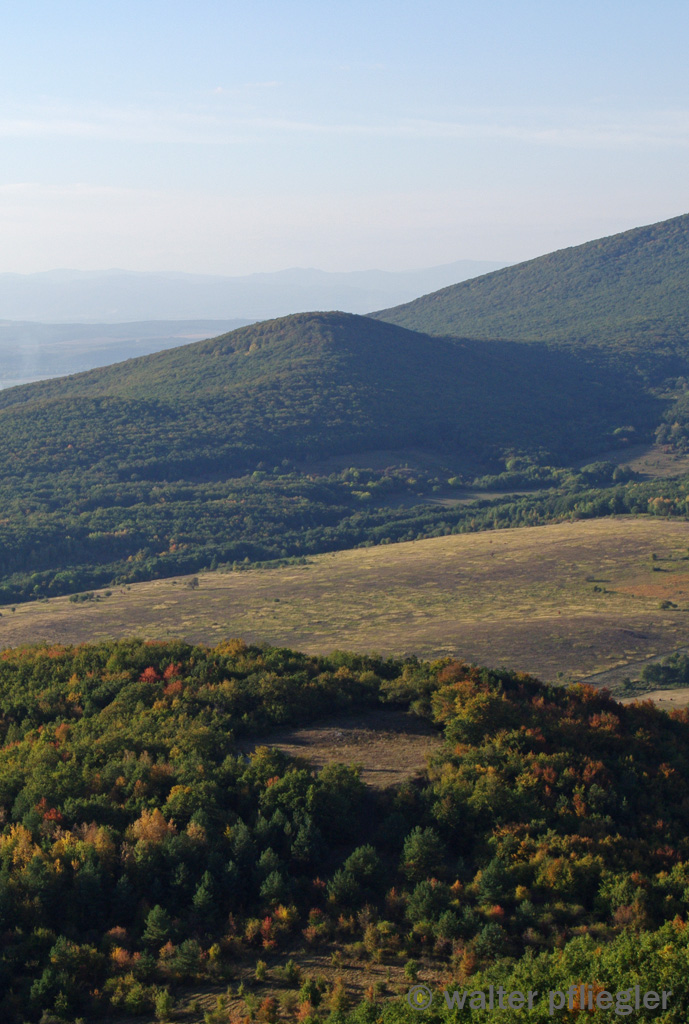Renaissance Contacts Between Dubrovnik (Ragusa) and the Kingdom of Hungary
During the rule of the Angevin dynasty (1308-82) in Hungary, towns and cities increasingly assumed greater political influence. The first treaty between the King of Hungary and Dubrovnik (in those days Ragusa) was signed in 1358, during the reign of Louis (Lajos) the Great.
The Power of Word: Preachers in Medieval Dubrovnik
In the pastoral of the Franciscan and Dominican orders preaching became the principal task of their mission. Preaching manuals represented the basis of the new art. The preachers also used sermon collections, Bible concordances and exempla collections.
Imperial Memory and the Charles Bridge: Establishing Royal Ceremony for Future Kings
The History behind the Charles Bridge Built during the reigns of Charles IV (1346-1378) and his son, Wenceslas IV (1363-1419), the Charles Bridge crosses the river Vltava in Prague, joining the Old Town on its eastern side, the commercial hub of the city, and the Hradčany and Malá Strana on the west, where the castle and cathedral are located
The Legal Status of Female Guardians in 1530s Lithuania
The office of guardianship was clearly needed in the society of sixteenth-century Lithuania. The comparatively short average life expectancy meant that quite a great number of children lost one or both of their parents before reaching majority, and thus had to receive some sort of protection.
Characteristics of Medieval Artillery in the Light of Written Sources from Bohemia and Poland
Artillery appears in Central Europe at the end of the 14th c. and it starts playing a more significant role only in the next century.
Banditry and the Clash of Powers in 14th-Century Thrace: Momcilo and his Fragmented Memory
In the 14th century, a time of civil wars, religious and dynastic strifes, epidemics, natural disasters and miserable living conditions for the wider strata in the cities and the countryside that increased migratory movements, banditry, an indigenous phenomenon in the Balkan mountainous regions, intermingled with the intensified political struggles.
Taxes, Loans, Credit and Debts in the 15th Century Towns of Moravia: A Case Study of Olomouc and Brno
The paper explores urban public finance in the late medieval towns on the example of two largest cities in Moravia—Olomouc and Brno.
Hungary’s Conversion to Christianity: The Establishment of Hungarian Statehood and its Consequences to the Thirteenth Century
The Carpathian Basin occupies a peculiar place in history. It was the ground where Roman-Germanic world met that of the Slavs and mounted nomad peoples, where no group had achieved sustained unity before the state of Hungary was founded.
Castle Building and Its Social Significance in Medieval Hungary
The history of Hungarian fortification and castle-building has been a subject of Hungarian historiography ever since the 1870s, when Bela Czobor wrote his pioneering study, “Hungary’s Medieval Castles.”
Slaves, Money Lenders, and Prisoner Guards: The Jews and the Trade in Slaves and Captives in the Crimean Khanate
Trade in slaves and captives was one of the most important (if not the most important) sources of income of the Crimean Khanate in the sixteenth to eighteenth centuries.
The cultural identity of medieval Silesia: the case of art and architecture
The cultural identity of architecture and visual arts of the Middle Ages in Silesia can be analyzed in the following frameworks: 1.) the distinct formal features of local artwork; 2.) the specific content expressed through it. Macro factors (the type of materials and their availability) are important in architecture, as are architectural patterns and styles.
Saints’ Cults in Medieval Livonia
Saints’ cults played a crucial role in medieval society. Although we know very little about the beliefs and rituals of the indigenous peoples of Livonia, either before or after the thirteenth-century conquest, we may assume that the process of Christianization must have caused major changes in their religious practices.
England’s First Attempt to Break the Commercial Monopoly of the Hanseatic League, 1377-1380
During the second half of the fourteenth century English traders first seriously threatened the Hanseatic League’s commercial monopoly in the Baltic. The League, attempting to defendits monopoly, treated the English unjustly,where upon in 1377 the English Parliament rescinded the charter that granted the League important concessions and privileges in its English trade.
Boundaries in the making – Historiography and the isolation of late medieval Bohemia
This paper deals with an episode of early 15th century Bohemian history. During the so-called Hussite wars, a coalition of Catholic powers tried to establish a far-reaching blockade on trade and commerce against the kingdom of Bohemia, which then was considered to be a hotbed of heresy, and to be rebellious against its legitimate ruler and the papal church.
White Croatia and the arrival of the Croats: an interpretation of Constantine Porphyrogenitus on the oldest Dalmatian history
The article examines Constantine Porphyrogenitus’ (913–59) witness on the arrival of the Croats in Dalmatia during the seventh century. The emperor’s narrative proposes a migration from a land called White Croatia, located somewhere in central Europe, and a battle with the Avars in order to secure their new territory.
Casualties among children in the light of Polish medieval ‘Catalogues of miracles’
‘Catalogues of miracles’ show the number of children which was injured or killed. Parents or relatives turned to the saints with pleas for curing or bringing their child back to life. I discuss the categories of the accidents, the age of injured, the types of pleas, parent’s feelings and vows.
Medieval Siege Machines: The Bellifortis by Conrad Keyser
One of the most imaginative and fascinating works to depict medieval siege warfare is the Bellifortis by Conrad Keyser.
Holy rulers and the integration of the medieval Serbian space
This paper proposes a new line of analysis of the rich body of medieval Serbian royal hagiography.
Some Considerations Regarding the Slavic God Triglav
This article presents a description Triglav, a god or complex of gods in Slavic mythology.
Fortified Settlements of the 9th and 10th Centuries ad in Central Europe: Structure, Function and Symbolism
The structure, function(s) and symbolism of early medieval (9th–10th centuries ad) fortified settlements from central Europe, in particular today’s Austria, Hungary, Czech Republic and Slovakia, are examined in this paper.
Reading Landscapes in Central Europe: A Documentary
The documentary focuses on crucial elements of the 2012 Workshop, depicting through participants’ footage the true side of wide-range survey and non-invasive methods of prospection.
The politico-religious landscape of medieval Karelia
In historical sources the Karelians appear in the 12th century although archaeological excavations suggest that the amalgamation of groups of Baltic Finns, centered on the Karelian Isthmus, that came together from east and west respectively to form them originated in the late Iron Age and early Viking Age.
Natural conditions in the Carpathian Basin of the middle ages
The analysis of natural conditions is a new field in Hungarian medieval research. This field could only come into existence with the spread of new sources of research, and with the need of drawing the most realistic picture of medieval living conditions with the help of more – previously ignored – data and facts. This field of research may have a special meaning as according to sources of the age, the Carpathian Basin was one of the natural Paradises of Medieval Europe.
The medieval social topography of Szeged
As the name historical social topography implies it comprehends the ancient location and distribution of particular groups and layers of inhabitants in a settlement.
Life in the Pauline Monasteries of Late Medieval Hungary
The Pauline order emerged in the second half of the thirteenth century and became one of the most popular religious communities of medieval Hungary.
